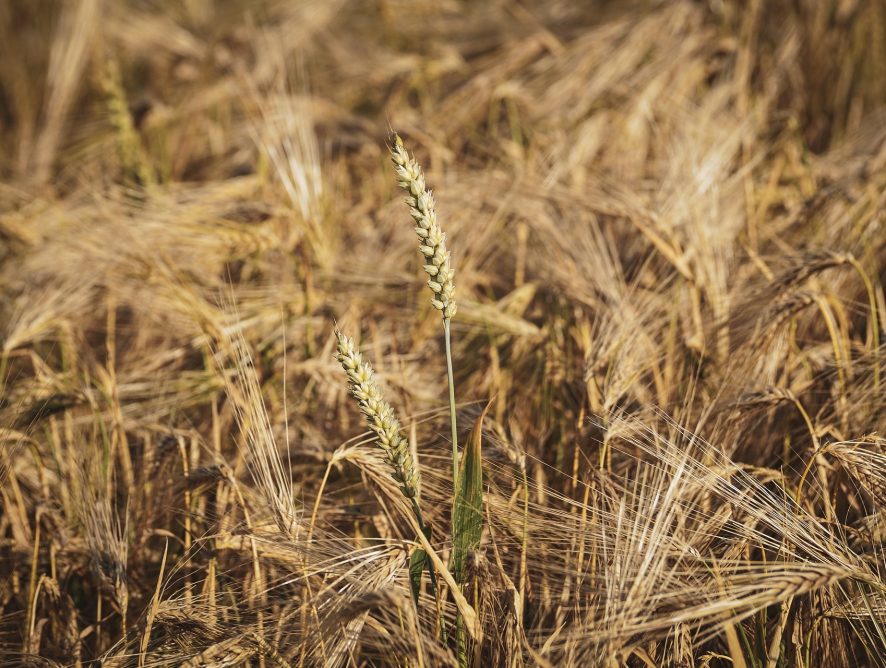In this guest blog, Dr Natasha Yates explores the idea that resilience may come in more than one form, and wonders whether it is possible to enable resilience training without compromising other traits like compassion.
You have worked with resilient people.
Some of them have been the kind of person you want on your team. You know the sort: Peta* is calm in a crisis, a great communicator, she keeps morale up, and somehow manages to be good humoured (without being sarcastic) even in difficult times.
There is another sort of resilient person whom you may NOT want on your team, however.
Consider Marnie*. Sure, not much phases her in a crisis (unless it is a direct personal threat to her, in which case she will lash out). Marnie can withstand incredible pressure, somehow ignoring the needs of those around her in order to focus on whatever task is before her. She manages people effectively (in the short term at least), and can seem quite charming to those she wants to impress. Through her ability to meet targets and demonstrate output, she works her way quickly up hierarchies (though often this is also through taking credit for the work of others on her team). Marnie could also be described as a resilient person – a ‘survivor of the system’ who rises to the top.
When I started to look into the concept of building resilience in medical students, I recoiled at the idea of inadvertently encouraging traits like Marnie’s above. Imagine taking a student with narcissistic tendencies and training them to withstand difficult situations in a resilient way? We would be creating monsters!
This is one reason why I shied away from literature that defined resilience as “bouncing back to previous form”, which is certainly one valid way of thinking about it. In the military for example, when you have a highly trained soldier you want them to withstand a range of challenges and be able to continue functioning at the level of their training. Bouncing back is a reasonable expectation.
But healthcare providers are not soldiers.
We are humans who are just as vulnerable and … well… as human as our patients. When we face challenges in the line of duty, we want to learn and grow from them so we can do better and better at our jobs. This is recognised as a fundamental aspect of what we do – we are called to “practice medicine” not to “perform medicine”.
So when we think about resilient healthcare workers, we want workers who are open to growth, ready to change, and actively seek feedback. But how do we ensure that we are encouraging this dynamic kind of resilience demonstrated by Peta, and not the resistant-to-change and ruthless kind of resilience demonstrated by Marnie?
To me, the key difference between them is who they are serving: Peta is other-people focused, while Marnie is self-focused. Peta’s resilience is present because she is primarily interested in building up those around her – her patients and her team. Marnie’s resilience is present as a means of protecting and building up her own interests. It seems therefore that resilience alone is an inadequate skill. It must necessarily be developed alongside other skills like compassion, humility, integrity, boundaries, and self-awareness – skills that connect a person with those around them.
Let us explore, for example, the concept of compassion. The word compassion means “to suffer alongside” (com = with, passio = suffering). It means deeply empathising and then acting on that empathy. A resilient person who is also compassionate is able to draw on their own resources in order to help others. A resilient person who lacks compassion does the opposite: they use other’s resources to help themselves.
Another component that would be helpful alongside resilience is that of humility. I refer to humility in its positive sense – the ability to see oneself as a flawed yet valuable member of the human race. (As opposed to another view of humility which is “having a low self-regard or sense of unworthiness”). A truly humble person has an accurate assessment of their own strengths and weaknesses, and is also tolerant and accepting of others’ weaknesses. A resilient person who is also humble is able to make decisions that prioritise others rather than themselves. They are team players who are willing to listen to all members of the team (even patients!), seeing mistakes as an opportunity to learn and improve. A resilient person who lacks humility tends to make decisions that are in their own best interests. Any mistakes are blamed on others, and credit is taken for any successes.
So when we assist students to build their personal resilience, I believe that supporting the growth of other aspects of their humanity is equally as important. In 2018 I led a team of educators at Bond University who tested an intervention aimed to improve the resilience of our students. As part of the design of the intervention, we were careful to also check that our students’ compassion was not being adversely affected. We wanted to make sure that their resilience was not increasing at the expense of their compassion – that we were enabling them to be more like Peta not Marnie.
However, you may well ask “Why did you choose ‘resilience’ as the primary skill to focus on? Why not compassion or humility or one of the others mentioned here?”
In my next blog I will give you the backstory to how I arrived here.
*names are fictitious


